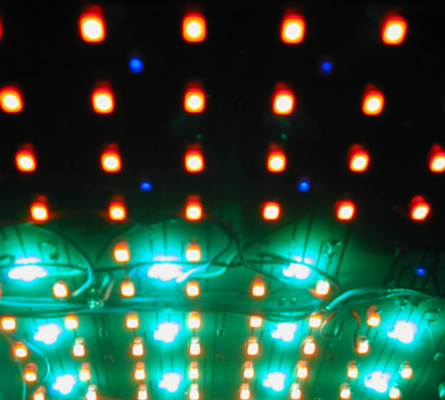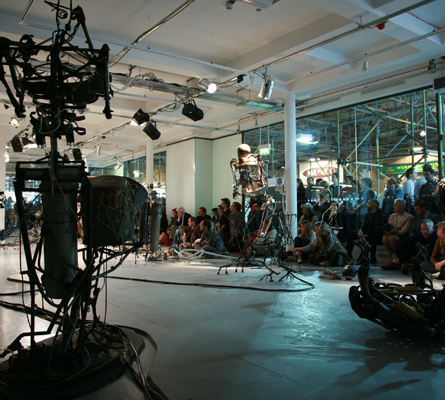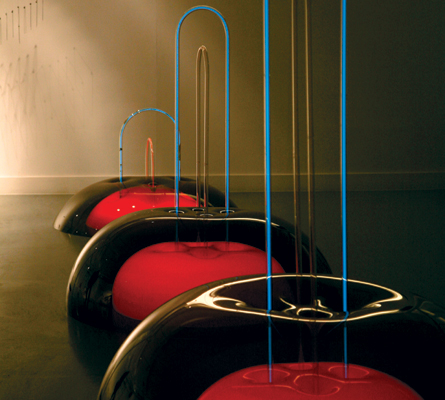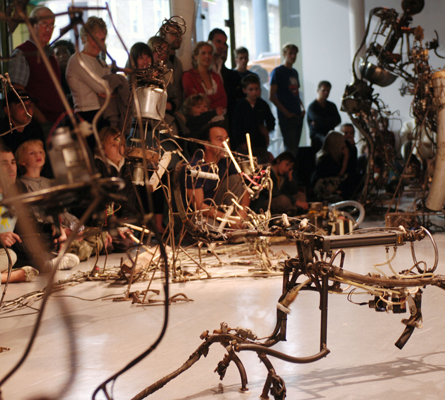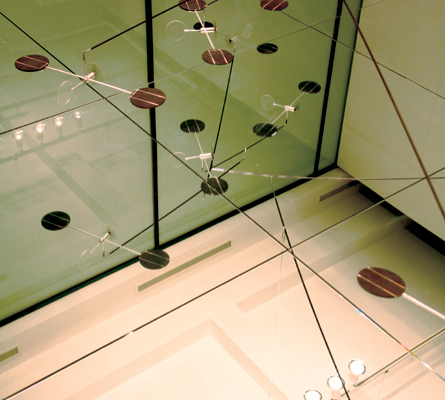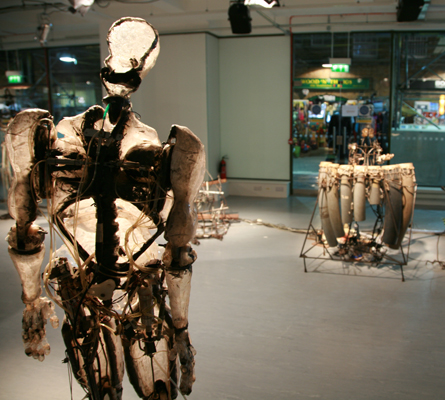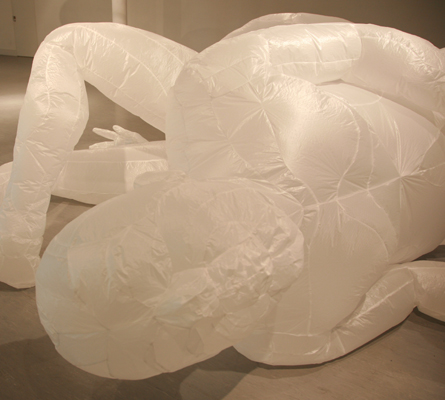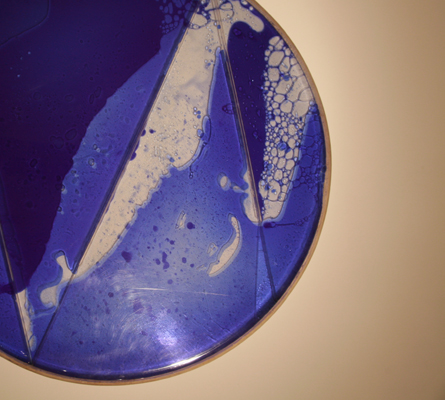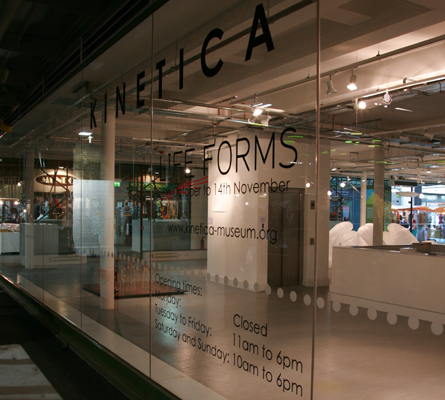6th October – 14th November 2006Kinetica Museum, Spitalfields Market, London, UK
Assisted by technology, life has reached out to understand its own origins, to expand into new dimensions and to seek and create other living realms.
Each of the artists within the Life Forms exhibition contribute to the extension of the human into the mechanical, and the mechanical into the human by confirming the fallacy that humans are, or ever were, entirely divorced from our technological environment. Whether we bathe in the glow of the instruments, or are riveted by technology’s virtuosity, we should never forget that we are not machines, but that machines are us. To that extent they – and the art made from them – already constitute a living, moving, energetic form of life.
Robert Pepperell, Author of ‘The Post Human Condition’, 2006
Our understanding of the way in which living matter depends on the regulation of energy flow, has deep and ancient roots, being a fundamental aspect of many religions and philosophical systems. In some cultures the concept of ‘energy’ is almost synonymous with life itself. And very often it has been artists who have given form to this insight by constructing visual and aural symbols to evoke complex natural phenomena. The act of investing inert material with dynamic qualities, and to some extent “bringing it to life”, is arguably central to the act of making art.
This compulsion to vivify lifeless matter by arranging it into animated forms can be traced through the history of art, and is especially evident in the progressive movements of the early 20th Century, such as Cubism, Tubism and Futurism. Marcel Duchamp’s Nude Descending a Staircase, Fernand Léger’s proto-robotic soldiers and the Futurists’ dynamical compositions of creatures and machines in flight, infused painting with a mechanically driven motion. Such artists were to establish an enduring dialogue between movement, technology and energy that is still as urgent and vibrant today as it was throughout the last century.
Kinetica, of course, is derived from the Greek word for motion, and it is motion as a living, flowing force not just as movement that motivates the artists in this inaugural exhibition of the new museum. They follow in a rich seam of 20th century art practice that harnessed the modernist enthusiasm for technology, not for its own sake, but as an essential means of conveying the energetic or ‘vibrational’ modernity of life. Working in the tradition of Naum Gabo’s Kinetic Construction in oscillating metal of 1919, Moholy Nagy’s pioneering kinetic light machines, Edward Ihnatowicz’s cybernetic creatures, or the electro-mechanical sculptures made by Frank Malina in the 1960s, the pieces exhibited in Life Forms represent original pioneering works alongside a new generation of artworks that invest ordinary inert materials with extraordinary energetic vitality.
Robert Pepperell – 2006Life Forms Catalogue Essay
PLEASE CLICK HERE TO SEE MORE IMAGES OF LIFE FORMS
ARTISTS
RICHARD BROWN DANIEL CHADWICK ELIAS CRESPIN FUTURE SOUND OF LONDON HANS KOTTER DANTE LEONELLI CHRIS LEVINETIM LEWIS CHICO MACMURTRIE MICHAEL MCKINNON MAX STREICHER

